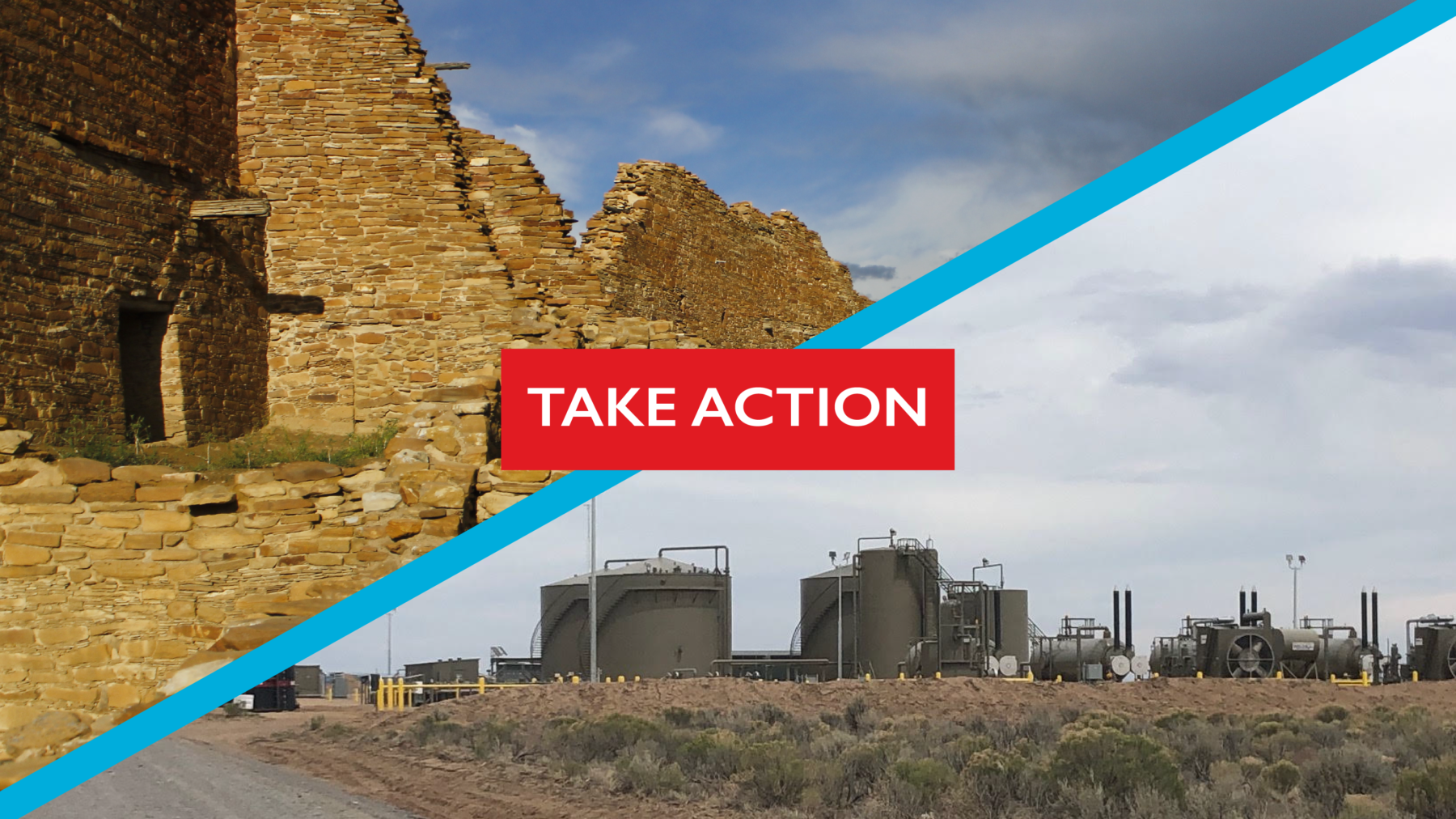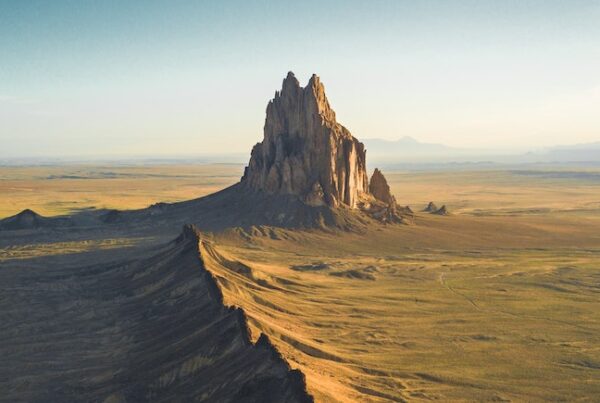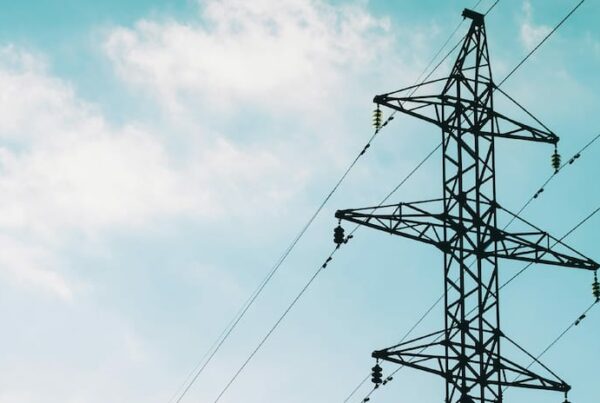Despite repeated requests to wait for in-person meetings following the Covid-19 pandemic, the Bureau of Land Management (BLM) Farmington Field Office held only virtual meetings on a resource management plan to approve nearly 3,000 new oil and gas wells and associated development in Northwest New Mexico and around the Greater Chaco Area. All comments are due September 25th- this is your last chance to protect communities & the environment in Northwest New Mexico.
How to Comment
Written comments will accepted until Friday, September 25, and can be submitted online via the eplanning website. You can also phone your comments in to 720-213-5786.
Personalize Your Comments
Our recommended comments are detailed below. Communicate these in your own words on the BLM’s e-Planning Website.
Many of us have connections to this area- base your comments on your personal experiences for greater impact.
Make your comments on the BLM website. You cannot comment on this page
Talking Points
These issues can be used for talking points both for written comments and the virtual meetings.
- The BLM and Bureau of Indian Affairs (BIA) must extend the September 25, 2020 comment period deadline for this project since they have failed to conduct meaningful opportunities for in-person public participation.
- The greater Chaco landscape is a critical region where industrialization of the landscape is incompatible with protection of cultural resources, heritage and living communities. BLM and BIA have no justification to continue to marginalize the Chacoan landscape with oil and gas leasing, permitting and development.
- Consultation with consulting parties and cooperating agencies (including tribes) remains incomplete under the National Historic Preservation Act and National Environmental Policy Act. Ethnographic studies and cultural resources analyses have not been conducted and documentation of consultation requirements stops in 2017 in the RMPA EIS in Chapter 4 in the Consultation and Coordination Section.
- The High Development Potential for Oil and Gas Development 2018-2037 (See Figure 3-23) is centered in the Nageezi and Lybrook areas on the checkerboard of the Eastern Agency of the Navajo Nation. These areas have already suffered from the cumulative impacts of significantly disproportionate and adverse air quality, water quality and public health and safety impacts. The BLM and BIA have a considerable responsibility to legally evaluate cumulative impacts and environmental justice as it relates to these communities.
- The range of Alternatives in the RMPA EIS is inadequate, as even the No Action Alternative would allow for 2,345 to 3,200 new oil and gas wells. A real No Action alternative with no new oil and gas wells must be analyzed
- The RMPA EIS goes to great lengths to justify that the purpose and need of the project is associated, “with favorable oil prices.” This may have been the case years ago, when many sections of the RMPA EIS appear to have been written, but it certainly isn’t anymore. Current oil and gas prices in northwestern New Mexico show a dying oil and gas industry where the multiple-use responsibilities of the BLM should now be the focus for management of public lands. Even industry experts like T. Gregg Merrion have said that we are “knee deep in a bust” with a glut of natural gas domestically and new oil and gas wells uneconomical to produce at these prices. (KSGE interview on Scott Michlin Show, April 2020).
- The RMPA EIS, as an amendment to the 2003 BLM Farmington RMP, highlights the general 20-year life span of an RMP. A new RMP for the BLM Farmington is needed to look at all resource values that are part of BLM’s multiple use mission.
- The RMPA EIS includes two supplemental reports (2020 Affected Environment and 2020 Environmental Consequences) that appear to be added information to the dated (circa 2016-2019) Affected Environment and Environmental Consequences in the RMPA EIS. The latest 2020 Supplemental Report needs to be the basis for the RMPA EIS and replace the stale data from 2016-2019.
Remember, you have to follow the button above to the comment portal. No comments can be made on this page.
More About Chaco:
Chaco Culture National Historical Park is a World Heritage Site owing to its extraordinary cultural and historical significance to over two dozen Native American tribes and an extensive network of ruins. Chaco is also an International Dark Sky Park, where today visitors can experience the same dark sky that the Chacoans observed a thousand years ago.
The industrial network supporting oil and gas extraction already weaves through and over the top of many nearby tribal communities, bringing dangerous traffic, pollution, and safety considerations. Encroaching oil and gas development will bring light pollution, noise from compressors and drilling operations, dust and traffic, and surface destruction of vanishing features like the renowned Chacoan road system.
BLM’s plan is our chance to insist on balanced uses that prioritize protection of Chaco’s cultural values and nearby communities.
Questions on how to comment? Email info@sanjuancitizens.org for help



